Developer Rick Caruso Among Speakers at Marathon Meeting on Proposed Miramar Expansion
County Planning Commission Hears Multiple Angles on Proposal for Montecito Resort
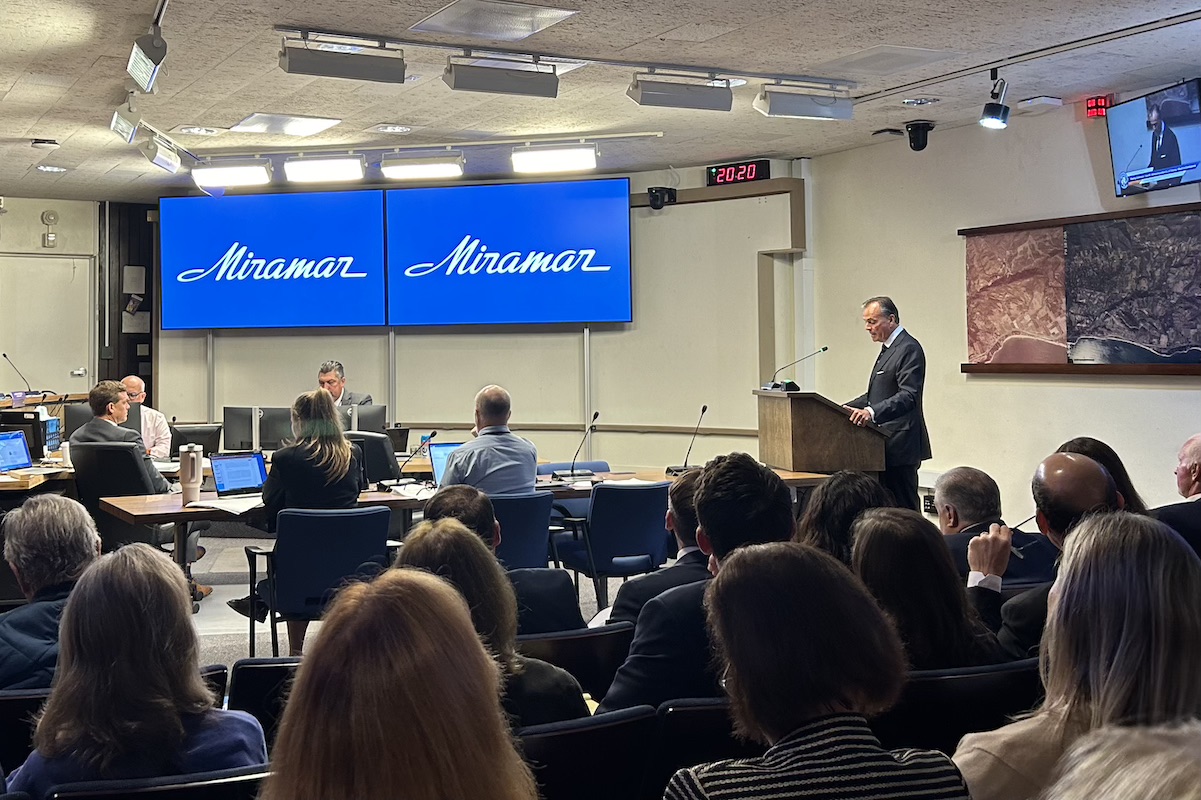
This article was underwritten in part by the Mickey Flacks Journalism Fund for Social Justice, a proud, innovative supporter of local news. To make a contribution go to sbcan.org/journalism_fund.
It was standing room only at the Santa Barbara County Planning Commission’s October 9 hearing on the Rosewood Miramar resort’s proposed expansion project in Montecito, which would add affordable employee housing as well as luxury boutiques and apartments. County employees, representatives from All Saints-by-the-Sea Episcopal Church, community members, and the resort’s team — including owner Rick Caruso — all spoke before the commission.
Ahead of the more than five hours of public comment, Commission Chair Vincent Martinez reminded commenters to keep to their allotted time and to be civil.
“The amazing thing about today is, this is our democracy and this is us in action, and we should appreciate the fact that we all want to be heard, and we’re all going to be heard,” said Martinez.
From parking concerns to a proposed “building swap,” which would preserve the church view but put shops farther away from the main road, to a mistakenly sent text message to the Caruso team that called into question the church’s willingness to negotiate at all, commissioners heard multiple angles on the project in its current form.
The Current Project
The Rosewood Miramar resort, often called “the Miramar” after the beach it sits on, caters to a wealthy clientele with rooms starting at about $1,100 a night. Owned by Rick Caruso, a billionaire businessman, the resort has about 100 employees on-site on a given day, according to the county’s report.
The expansion project proposes 26 affordable housing units for resort staff on the east side of the property as well as 13 retail spaces (including 12 boutique shops and one café) and eight market-rate units on the west side of the property. The expansion proposal is about 56,500 square feet split over the two sites, with about 17,500 square feet going to commercial use. Both sites are currently parking lots.
According to county staff, the county must adhere to the Housing Accountability Act when considering the project. The Housing Accountability Act is a state law that prohibits local governments from denying or reducing affordable housing unless the project has a significant adverse impact on public health or safety.
It also makes use of the state’s density bonus law, which allows developers exceptions or modifications to standards for their affordable housing project. The Miramar resort proposal makes use of five waivers, requesting to increase the floor area ratio of one portion of the development, increase the height limit of the affordable housing building, reduce the required amount of open space, and reduce the required setback from the street. It also requested a reduced number of required parking — 44 spaces compared to the would-be-required 83.
At the hearing, Katie Mangin, the senior development director on the Caruso team, said that construction is scheduled to take about a year and a half.
The County’s Recommendation
The Santa Barbara County Planning Commission staff has recommended the commission approve the project, provided the Caruso team adheres to some conditions the county puts forth, such as construction and landscape monitoring and control measures.
County staff stated that the project is exempt from environmental review but that it will “not result in any significant environmental effects” because the existing building site is two paved parking lots.
Further, the county said that the project will not cause traffic volume exceeding the capacity for any of the area’s roadways, based on a traffic study submitted by the Caruso team. The county stated that the project was reviewed and approved by Public Works.
The Argument for the Current Plans
During the hearing, the Caruso team, as well as some Montecito community members, claimed that this proposal will bring essential affordable housing to the area.
“One of the goals outlined in the [county’s] housing element asks the county to work with employers like the Miramar to bring much-needed employee housing online not only as a way to satisfy housing needs as outlined in the last RHNA [Regional Housing Needs Assessment, pronounced “ree-na”] but as a way to attract and retain jobs,” said Chris Robertson, the senior vice president of planning and development with Caruso.
Mangin, Caruso’s senior development director, said they have worked with community members for nearly two years and already made revisions from an original, larger project, including reducing the resort shops by about a third, nearly doubling the amount of affordable housing, and reducing the building height for the market-rate apartments and shops.
Rock Rockenbach, a supporter of the project and Montecito resident, said it not only helps add affordable housing for workers but also does so without resources from the county or by developing another location in Montecito.
“It does it without taxpayer funds. It does it without sacrificing county resources. Manning Park does not turn into an apartment complex,” Rockenbach said. “He pays for it by building some additional beautiful shops that will generate additional tax revenue for the area.”
The commission received about 180 letters in support of the project that shared a similar format, according to Commissioner Roy Reed. Mangin said that the Caruso team had provided examples of letters for people to reference.

The Argument Against the Current Plans
Most people who spoke in opposition to the project stated they were in favor of the Miramar constructing affordable housing; it’s the luxury shops and market-rate housing that worries them.
“Affordable housing is a critical need in all of Santa Barbara County. This development is not about that. It is about creating more places to buy luxury goods,” said one speaker.
Several commenters raised concerns about traffic around the resort and misuse of public beach parking. Multiple calls were made for an independent traffic study, rather than one submitted by Caruso’s team.
Public comments also expressed concerns about evacuation practices.
“Of equally grave concern, the project’s parking and traffic impacts will significantly degrade the functioning of neighborhood streets,” another commenter said, bringing up the Montecito landslides in 2018.
Speakers also commented on protecting the view from All-Saints Church, with parishioners calling the view historic and a spiritual experience for them.
Finally, comments were made about whether placing the workforce housing away from the neighborhood, on the eastern side of the resort, “sequestered” the workers from the community in a space that was made noisy from highway traffic.
The ‘Swap’ Proposal
Ahead of the hearing, All Saints submitted a document to the commission detailing a proposal that would “swap” the location of the shops and market-rate apartments with the affordable housing. The document stated that the swap would not only preserve the church’s view of the mountains but eliminate the need for the currently proposed underground parking garage and provide workers with better access to the community.
Sheri Benninghoven is a leader and parishioner at All Saints. She said the church hired architect Bob Easton to find other ideas for laying out the developments.
“Our church entrance is set to face north so that we do continue this sacred connection, the fundamental element of who we are as Christians,” she said. “The mountains and the ocean is our banner.”
Benninghoven called the swap a “win” for the church, neighborhood, and the resort.
At the hearing, resort owner Caruso said the swap would destroy the project.
“The economic fuel to make this work into perpetuity is having a limited amount of retail and a limited amount of market-rate housing,” he said. “The minute you move the retail away from the hotel, the customer cannot easily walk there.”
The Text Message and Negotiations
At the hearing, Caruso said that the team had stopped negotiations with All Saints after receiving a text message not meant for him.
“[It] said: ‘Let him go ahead and present it,’” he said, paraphrasing the text he received. “‘We’re going to go back after our meeting and just tell them that it doesn’t work. And then we’re going to come and testify against the project.’”
The text further says the church would say they wanted the swap and tried other revisions, but that Caruso’s team said it wasn’t financially feasible.
Caruso described attempting to accommodate the church’s desire for a view, first from the church’s columbarium. He said that after proposing plans to do so, the church said they cared about the view from the church’s front steps, which Caruso again tried to accommodate.
“We spent an enormous amount of time working over the weekend to create another view line,” Caruso said.
The Caruso team also said in a letter to Reverend Channing Smith that the church had used inaccurate renderings and information to get parishioners to oppose the project.
Benninghoven said that All Saints had tried to negotiate with the team, but Caruso’s team had delays in replies over the course of several weeks. She said the church’s deadline to file their observations to the county approached, which they delayed again to discuss with the Caruso team.
“They demanded that we not communicate with the neighbors, with the community, with the media, with the county, on our objections,” she said, describing the process in working with the team.
She said the church delayed filing their observations to meet with the Caruso team last Saturday, but at the scheduled Zoom meeting, the team didn’t show.
She said she thinks both sides operate with integrity, and the community is hopeful of finding an answer.
Commissioners Comments
At the end of the hearing, Chair Vincent Martinez said he wanted more clarification on traffic and parking after the project’s completion, including where commercial drop-off and event parking would go. He also added he wanted to learn more about how the housing element administration will work regarding the project.
Next, the proposal will go before the Montecito Planning Commission on October 18. For the county, the second hearing is scheduled for November 1, where the commission will decide whether to approve the project and pass it to the county’s Board of Supervisors.
Premier Events
Thu, Nov 28
12:00 PM
Santa Barbara
Thanksgiving Dinner at The Harbor Restaurant
Fri, Nov 22
11:00 AM
Santa Barbara
Santa Barbara Antique & Vintage Show & Sale
Fri, Nov 22
6:00 PM
Santa Barbara
Introduction to Crochet Workshop
Fri, Nov 22
7:30 PM
Carpinteria
Rod Stewart VS. Rolling Stones Tribute Show
Fri, Nov 22
9:00 PM
Santa Barbara
Numbskull Presents: Jakob’s Castle
Sat, Nov 23
11:00 AM
Santa Barbara
Santa Barbara Antique & Vintage Show & Sale
Sat, Nov 23
12:00 PM
Santa Barbara
Fall 2024 Healing Arts Faire
Sat, Nov 23
7:30 PM
Santa Barbara
SBCC Theatre Arts Department presents “Mrs. Bob Cratchit’s Wild Christmas Binge”
Sun, Nov 24
11:00 AM
Santa Barbara
Santa Barbara Antique & Vintage Show & Sale
Sun, Nov 24
6:00 PM
Santa Barbara
¡Viva el Arte de Santa Bárbara! Mariachi Garibaldi de Jaime Cuellar
Sun, Dec 01
5:00 PM
Santa Barbara
Paseo Nuevo Tree Lighting Ceremony
Thu, Nov 28 12:00 PM
Santa Barbara
Thanksgiving Dinner at The Harbor Restaurant
Fri, Nov 22 11:00 AM
Santa Barbara
Santa Barbara Antique & Vintage Show & Sale
Fri, Nov 22 6:00 PM
Santa Barbara
Introduction to Crochet Workshop
Fri, Nov 22 7:30 PM
Carpinteria
Rod Stewart VS. Rolling Stones Tribute Show
Fri, Nov 22 9:00 PM
Santa Barbara
Numbskull Presents: Jakob’s Castle
Sat, Nov 23 11:00 AM
Santa Barbara
Santa Barbara Antique & Vintage Show & Sale
Sat, Nov 23 12:00 PM
Santa Barbara
Fall 2024 Healing Arts Faire
Sat, Nov 23 7:30 PM
Santa Barbara
SBCC Theatre Arts Department presents “Mrs. Bob Cratchit’s Wild Christmas Binge”
Sun, Nov 24 11:00 AM
Santa Barbara
Santa Barbara Antique & Vintage Show & Sale
Sun, Nov 24 6:00 PM
Santa Barbara
¡Viva el Arte de Santa Bárbara! Mariachi Garibaldi de Jaime Cuellar
Sun, Dec 01 5:00 PM
Santa Barbara




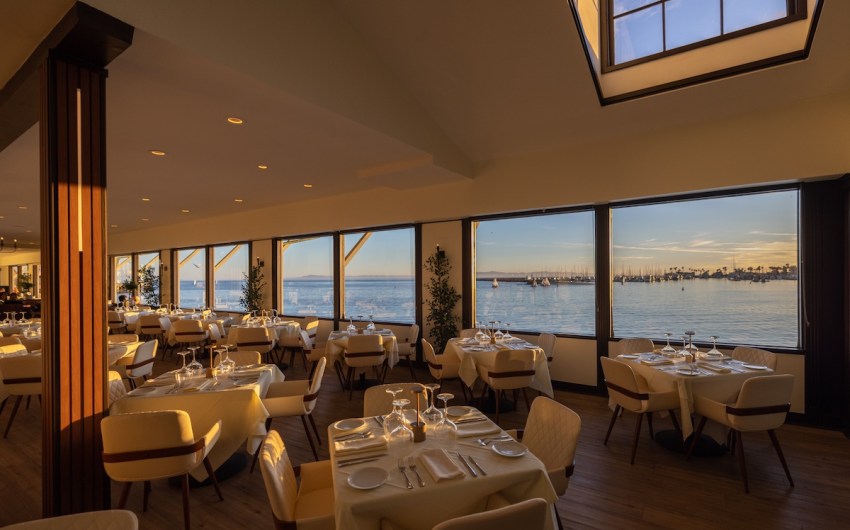
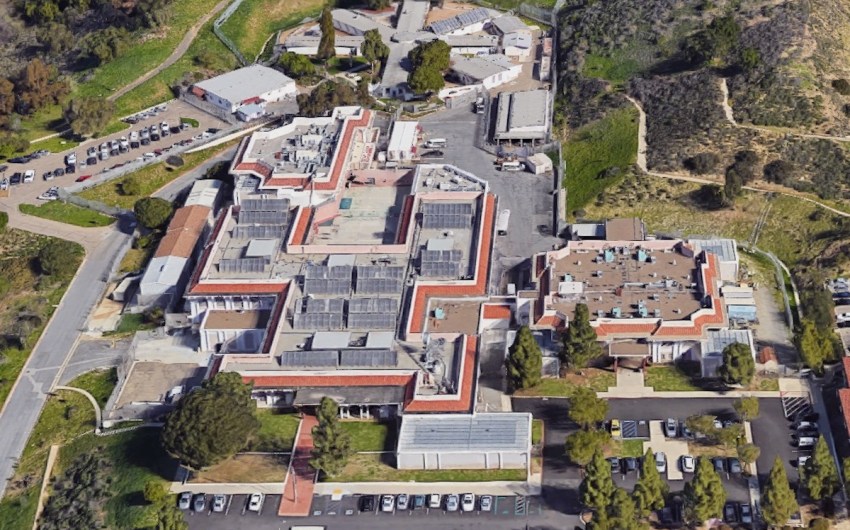

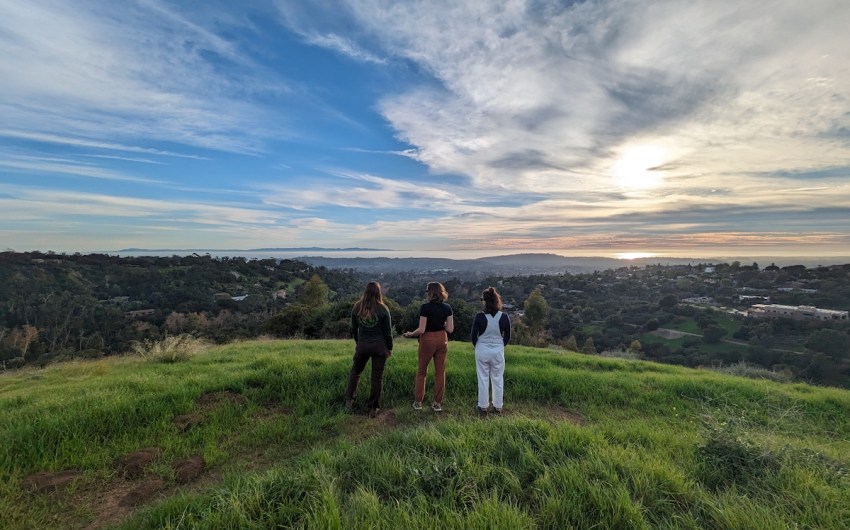


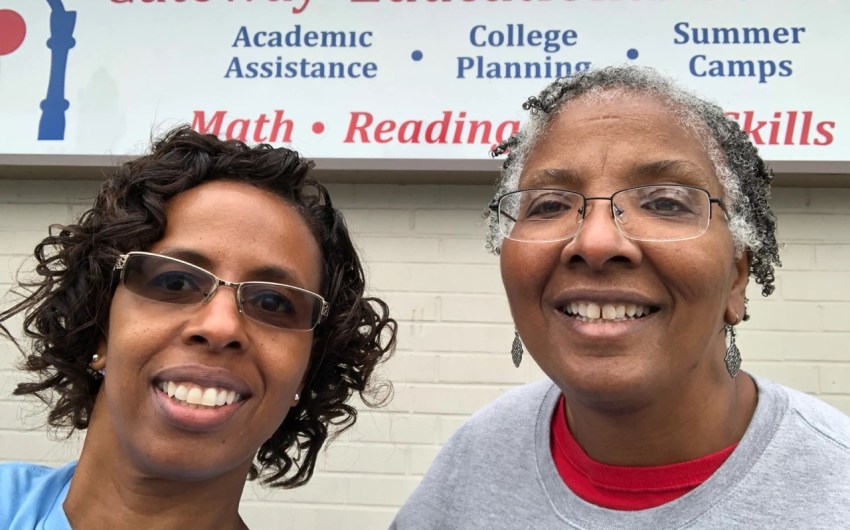











You must be logged in to post a comment.